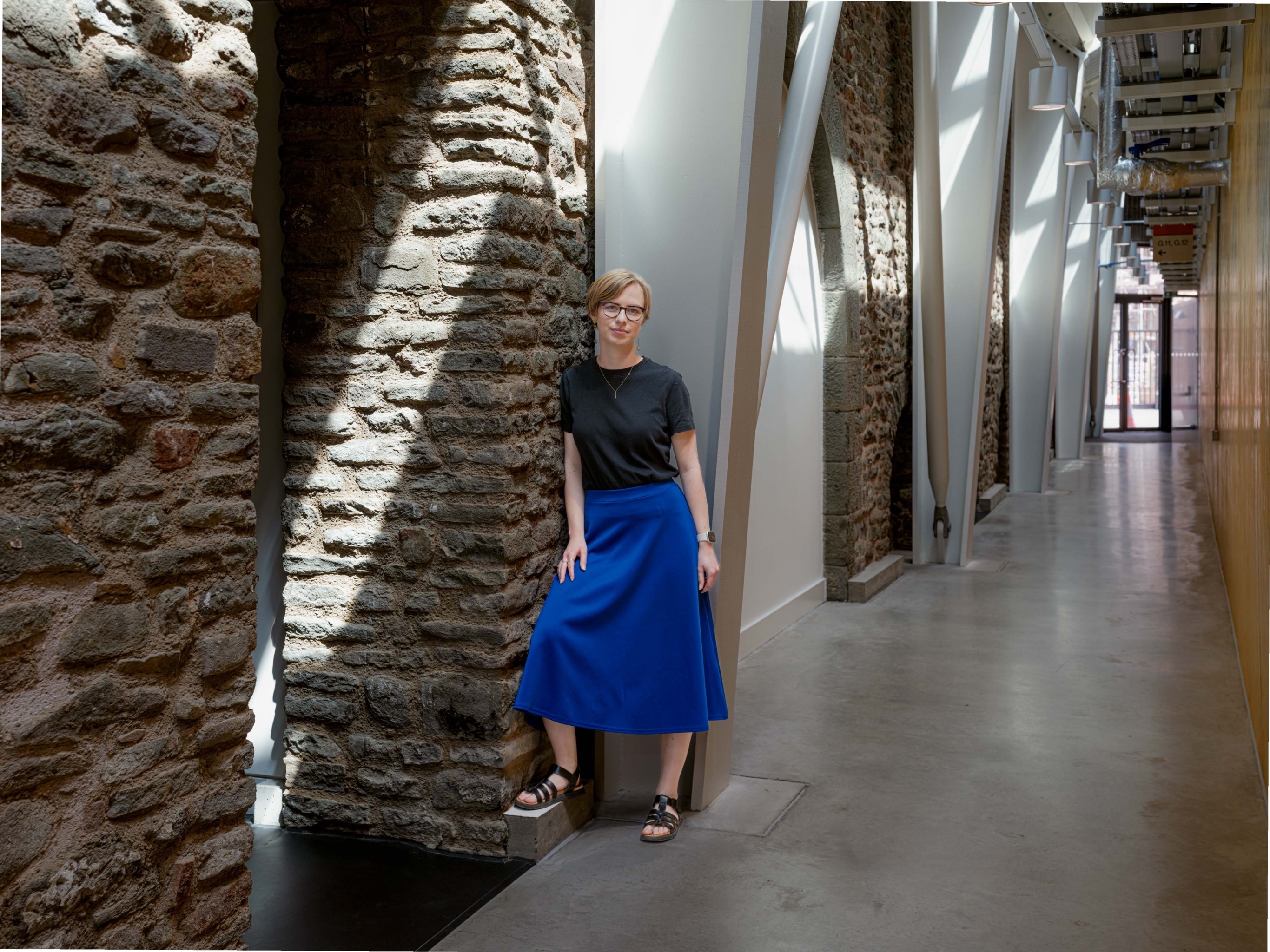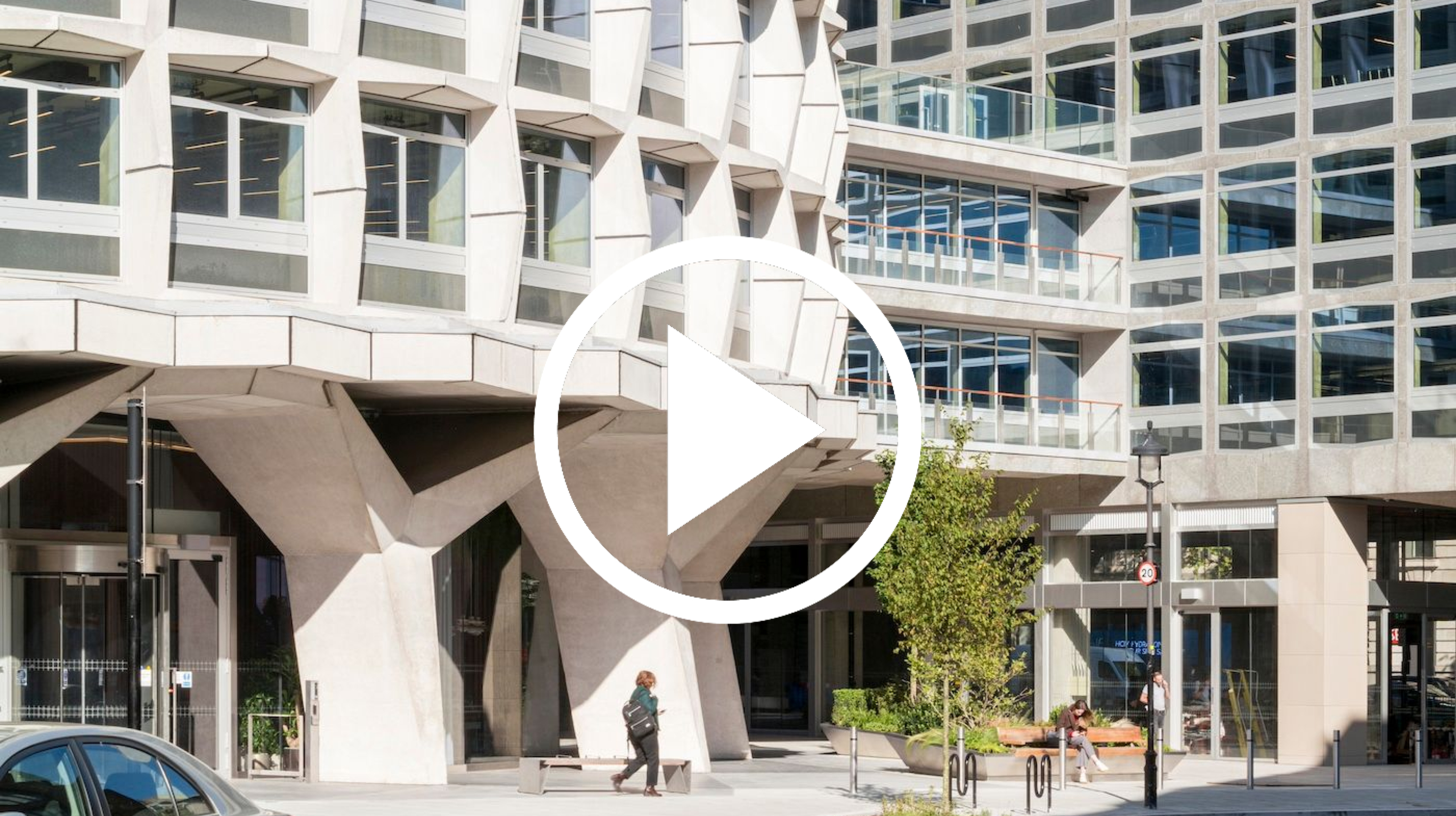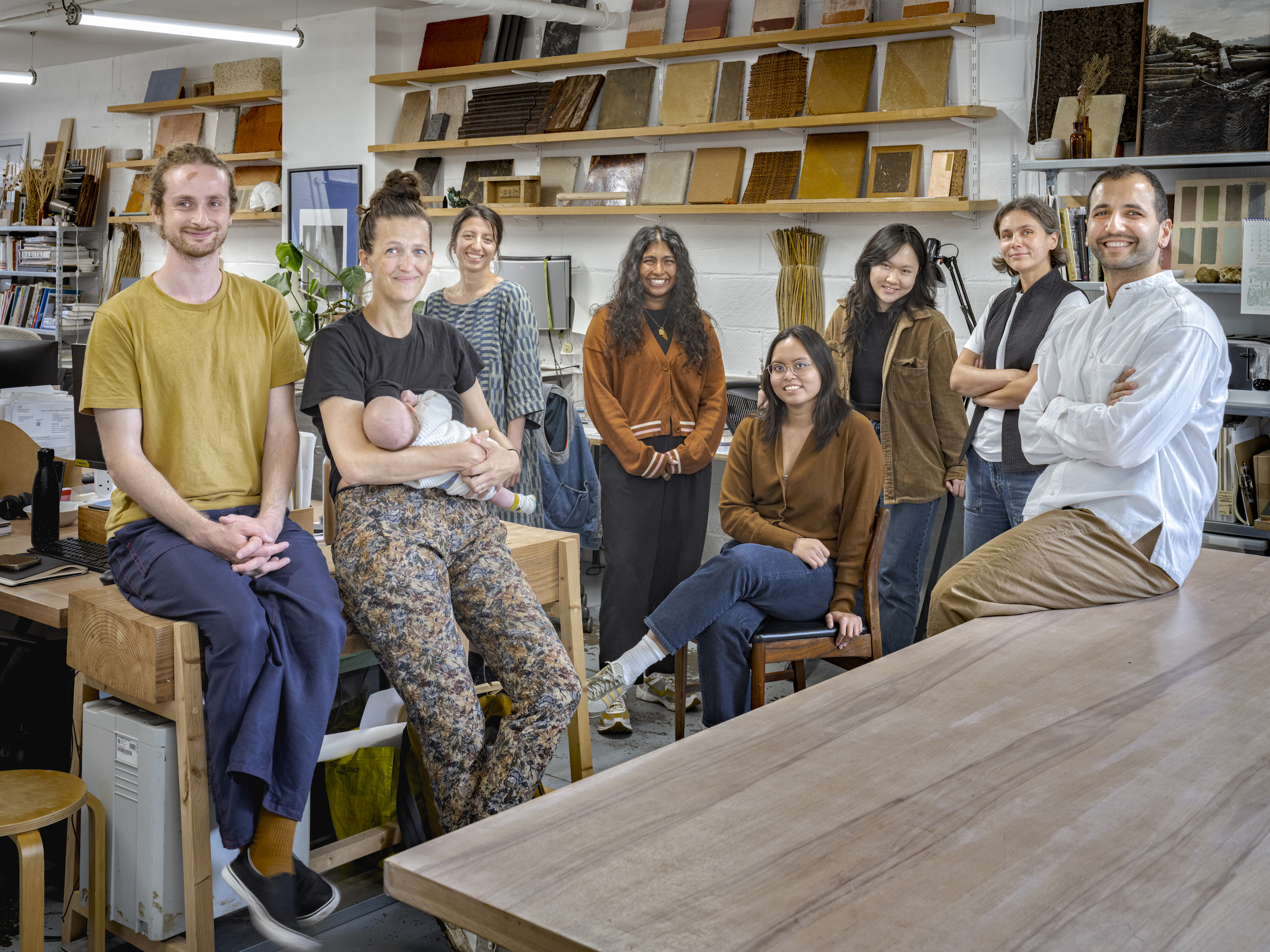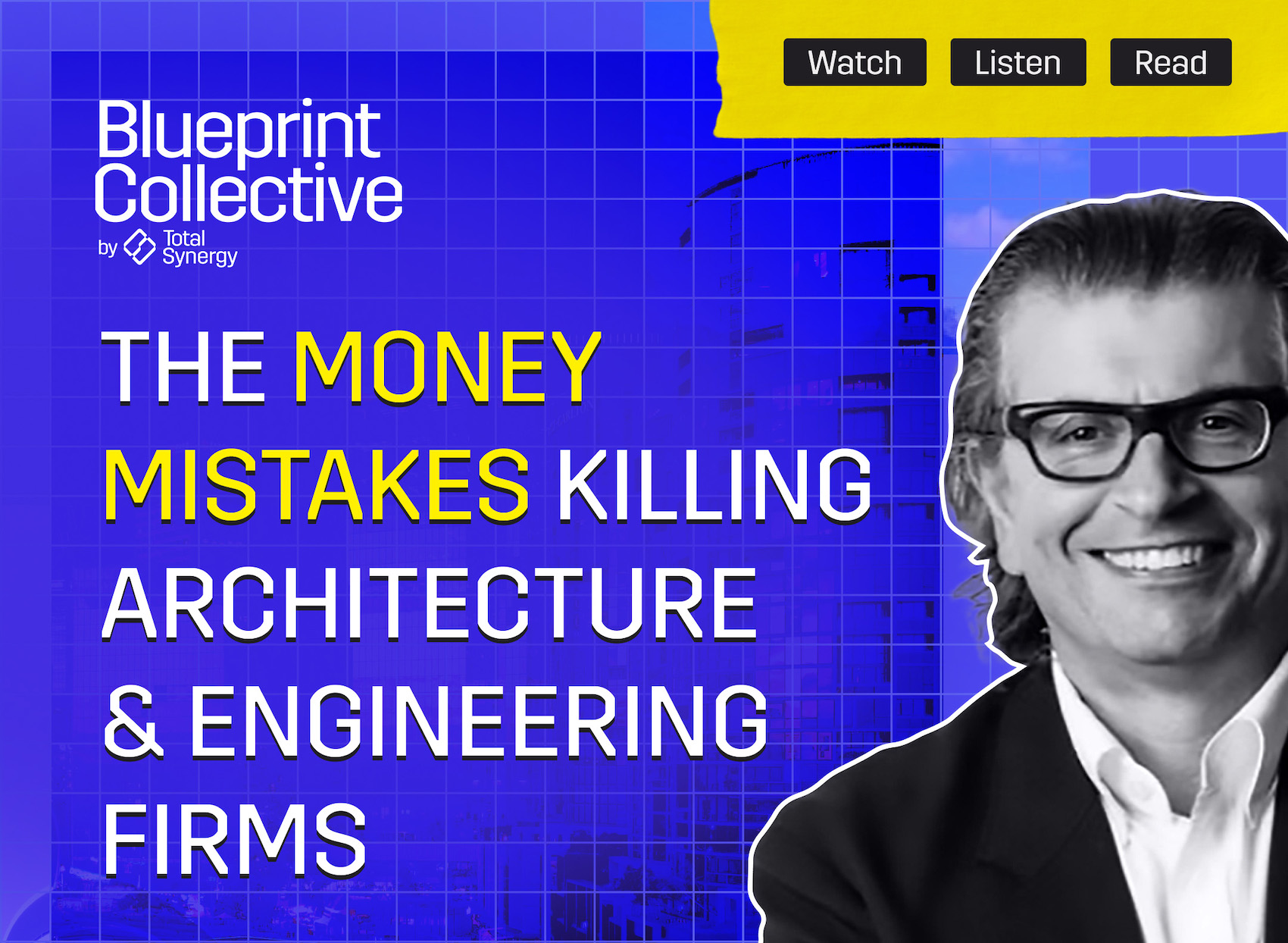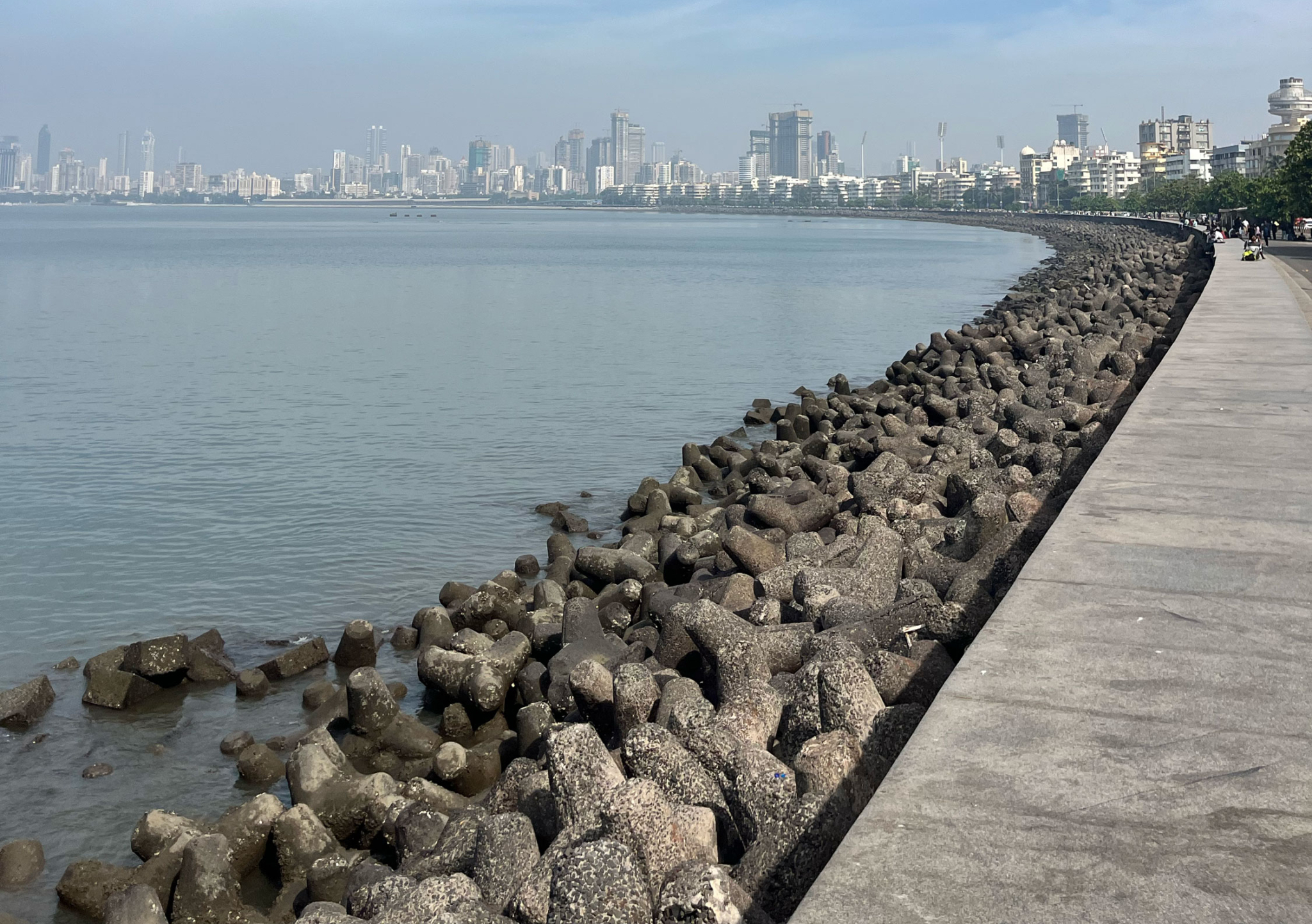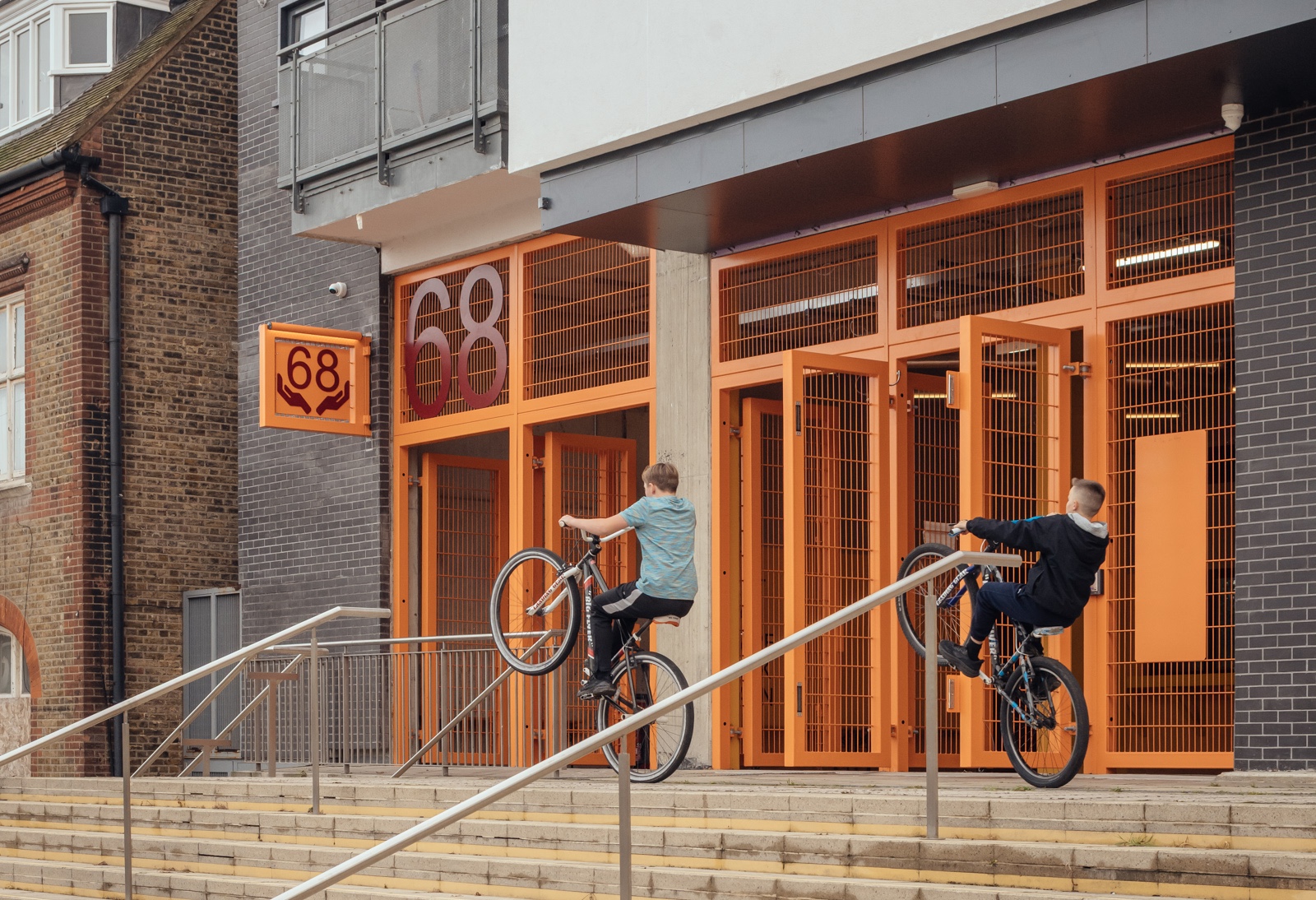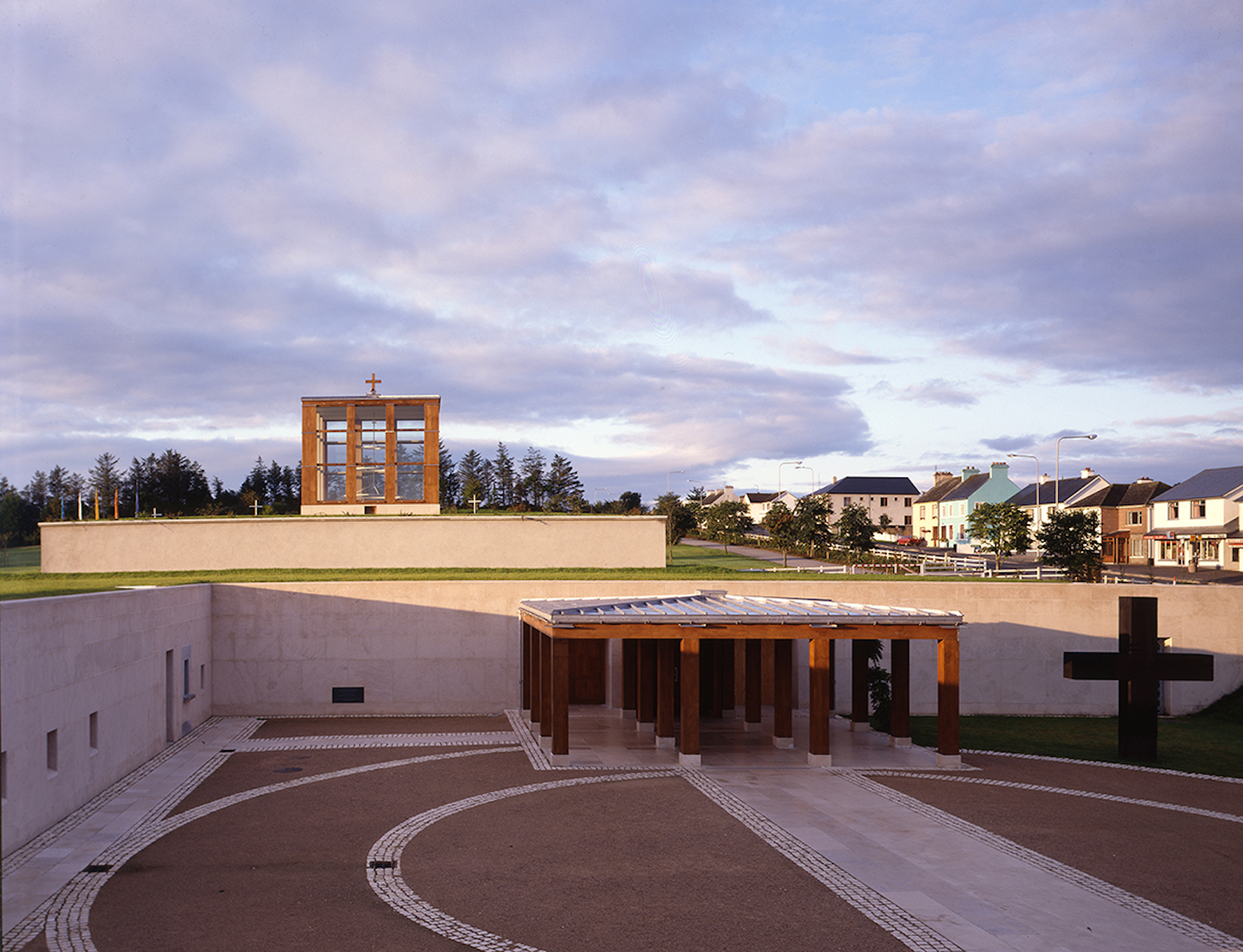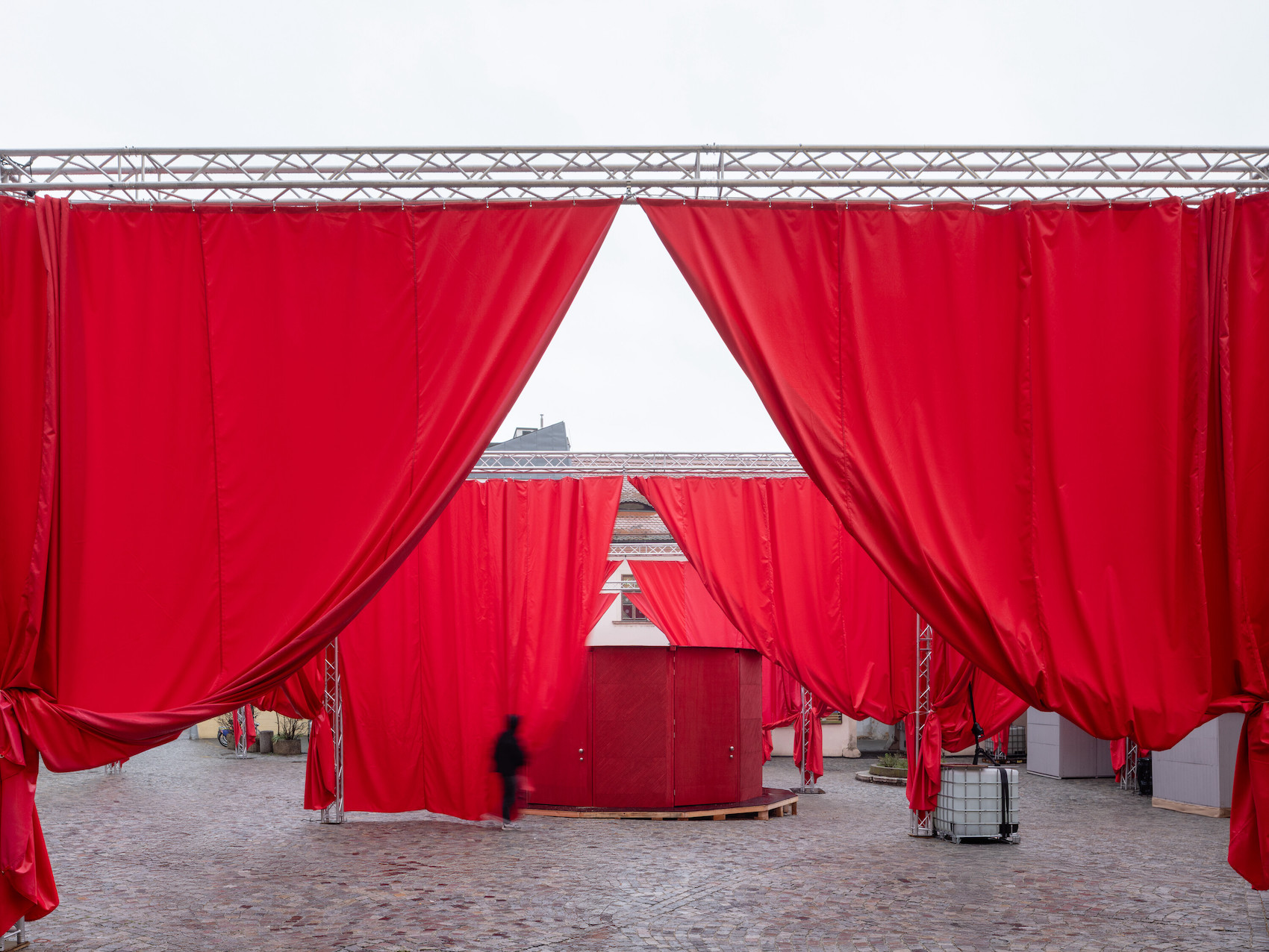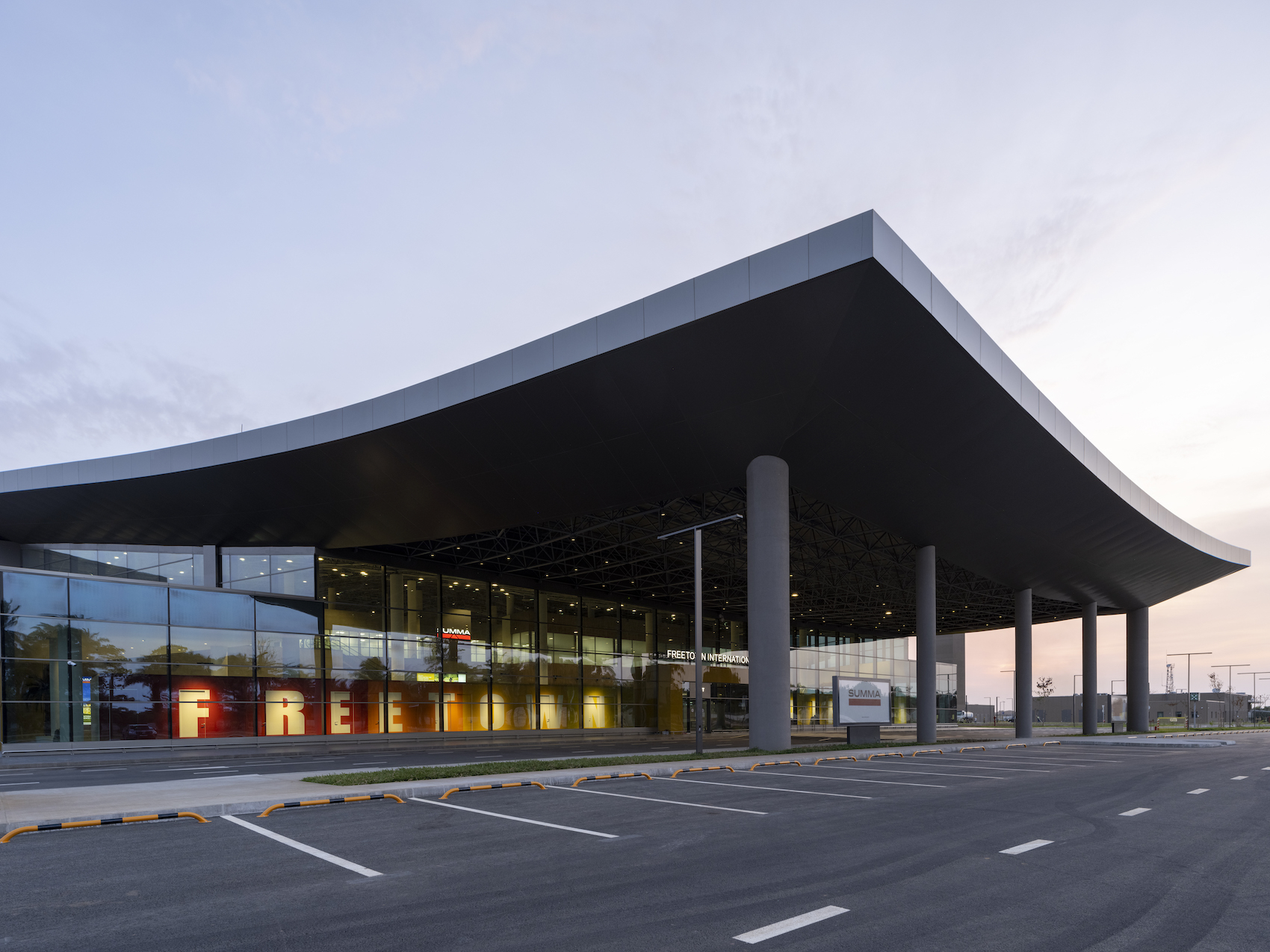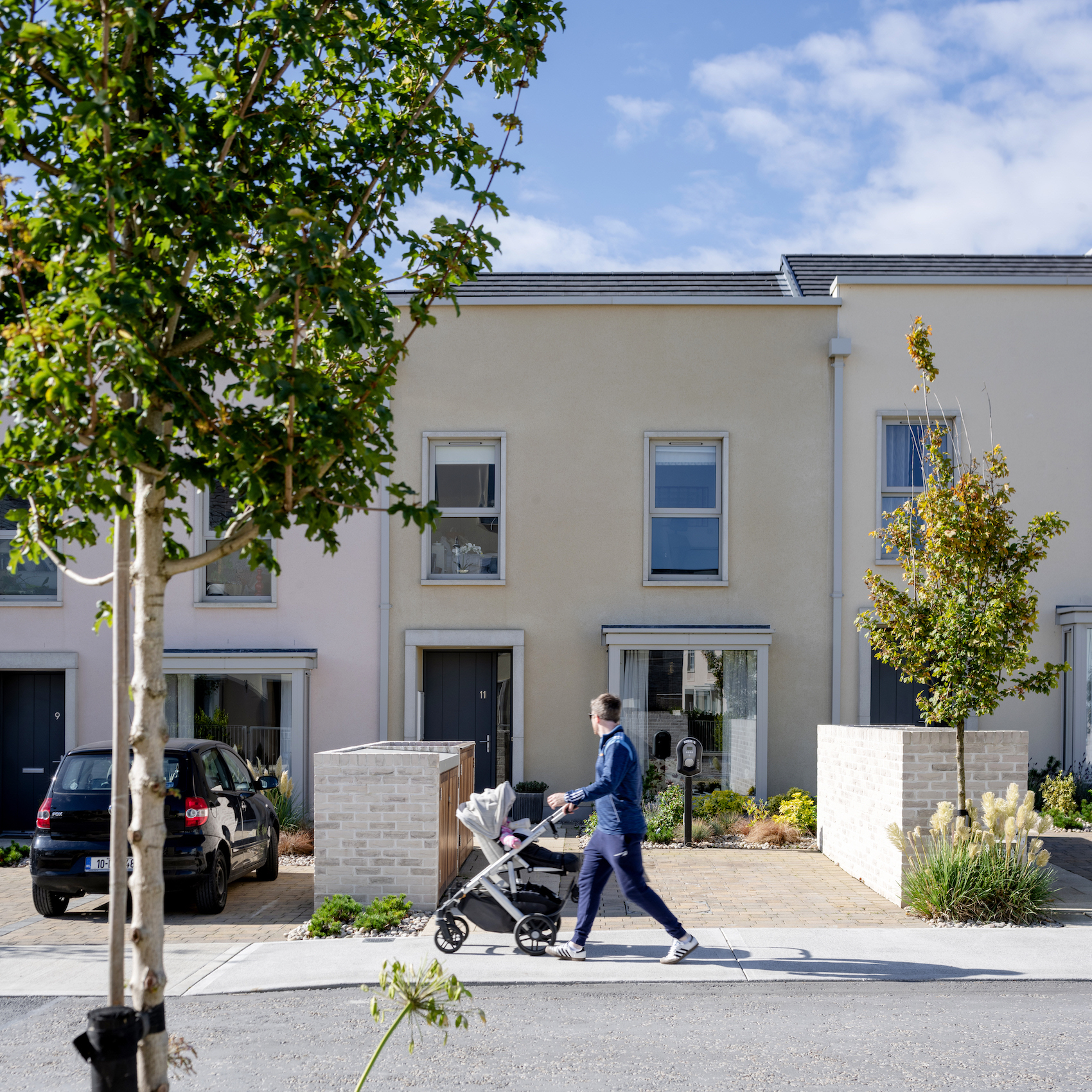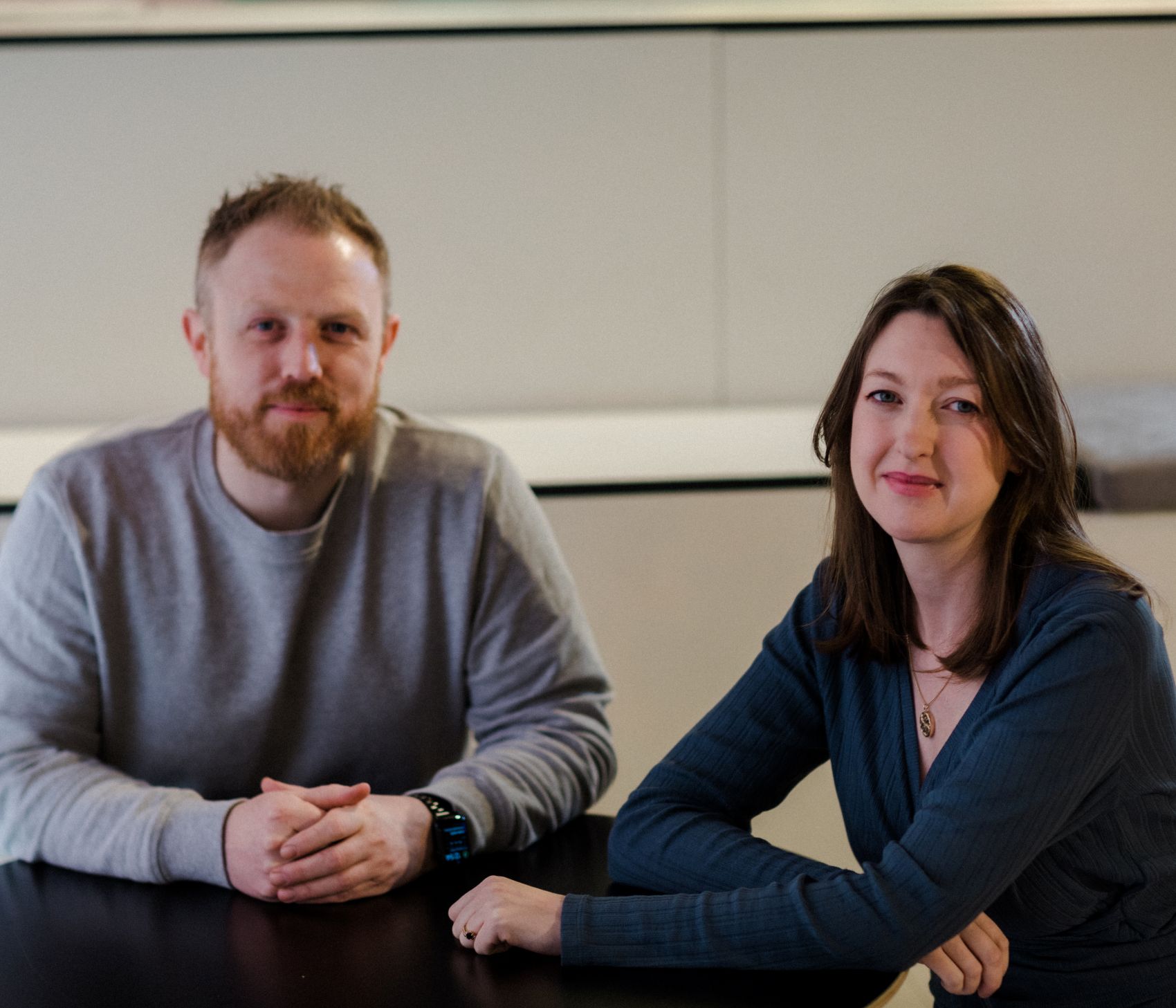Barbora Vanek is one of AHMM’s five Building Performance Specialists. As the only one based in their Bristol office, she speaks to AT about the privilege of working across such a broad architectural portfolio; from challenges to triumphs.
Barbora Vanek, photographed at AHMM’s Bristol office where she works as a Building Performance Specialist.
I believe regenerative architecture must be the framing paradigm of future practice. I would, however, like to see it developed in practice beyond things like re-use, material passports and lifecycle assessment. Don’t get me wrong, I think these are crucial and are currently the strategies that do get implemented on large projects. However, it is not only greenhouse gas emissions we should be focusing on.
Biodiversity has been steeply declining over the past decades. That is a massive problem which will ultimately have a knock-on effect on humans. In my opinion, this is an emergency as pressing as the rising temperatures – although they could be considered one and the same, they are so closely interlinked.
I would like to see more architecture that embraces true biodiversity and biomimetic design. And while I think that is an exciting thing to explore, I believe it is quite difficult to make a commercially viable case for such approach on a large-scale project. I’d consider that the biggest challenge for the profession today – but architects are very good at crafting narratives and creating solutions, so we should use these skills in the rapidly closing window of opportunity. As one of the largest greenhouse gas emitters, the construction industry bears a responsibility to step up to the challenge.
I am the only member of sustainability staff in Bristol, but am one of five in The Building Performance team across AHMM. We work across our architectural studios and as part of my role I have the privilege of seeing many projects develop and assist with their sustainability aspirations.
I tend to get involved with projects in the early design stages. This is when we can have the most impact; at that point the design is malleable and oftentimes even relatively small changes add up to have a big impact, especially at the scale of developments AHMM tends to work at.
Our approach always starts with what is present already. It’s unusual for us to deal with a greenfield site. From there, we try to re-use as much as possible, and if the existing building has good structural ‘bones’ we would do the maximum to keep those, like recently with Angel Square or 1 Victoria Street.
Particularly regenerative projects we’re working on at the moment are Metropolis, which is a combination of re-use and CLT-steel hybrid structural extension, and Arthur Stanley House which is a deep refurbishment of a 1960s office block. Closer to my ‘home’ office in Bristol, the TQEC Research Hub is a beautiful example of reinventing structures that might have otherwise been demolished.
Many of our projects that you could now call regenerative would have been conceived at a time when regenerative architecture was not commonplace. I think that is a testament not only to our approach to designing spaces, but also to our clients who encouraged such an approach.
I have also seen a shift in the recent years as architects, and indeed clients, and whole design teams become more aware of the sustainability discourse and develop knowledge in that area. I think it’s a necessary step in the right direction, and it is certainly reassuring to see that many of my colleagues are now well versed in areas like embodied carbon assessment and actively engage with challenges of reuse on their projects.
The Building Performance team has also grown in the past four years, and we have broad expertise in house. I’d like to think we have encouraged the shift in climate literacy within the practice as well as in the wider industry through the various research publications we have developed and shared.
Barbora Vanek
AHMM
Bristol


